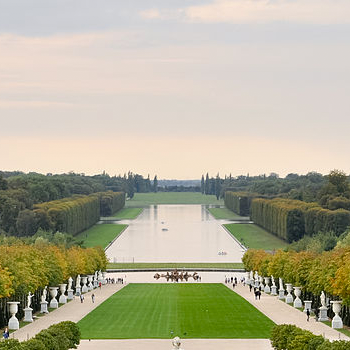A gas has a pressure of 0.370 Kpa at 50.0 C and a volume of 142ml. How many moles of gas are there?
2 Answers
Number of moles =
Explanation:
Given,
Therefore,
Number of moles =
Assuming the gas is ideal,
Explanation:
First some unit conversions:
You need the equation of state to solve for number of moles. Assuming the gas is ideal, the equation of state is"
where P is pressure, V is volume, n is amount in moles, R is the gas constant, and T is temperature in Kelvin.
The gas constant can have different values depending on the units you use, so you need to make sure that you are using the right one by checking that the units work out. There are several constants in different units listed here: https://en.wikipedia.org/wiki/Gas_constant
We will be using
We can rearrange the ideal gas law to solve for amount:
The units cancel each other out leaving us with:
If the gas is not ideal, substitute the given equation of state in for the ideal gas law and you can solve the problem using the same method.


